10 spring DIY jobs that could save you thousands
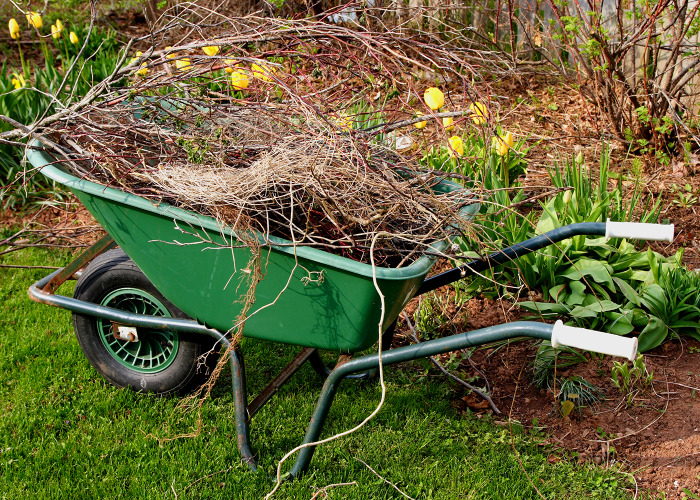
As we enter a new season, spend a little time getting your home in order and reap the benefits further down the line
With spring upon us and the evenings finally getting lighter, winter is almost in our rearview mirror.
READ MORE: Weekend DIY jobs that make a big difference
But before you get too carried away with the promise of longer days and warmer temperatures, it's time to give your home and garden a little care and attention.
Here are the spring jobs you need to do now to help ward off costly home repairs that will eat into your funds further down the line.
1. Check your pipes

As we enter a new season, it may be tempting to cast off your thermals and put winter firmly out of your mind, but before you do, it’s worth checking if the colder months have caused any lasting damage to your exterior pipes and drains.
Pipe cleaning kits and solutions can solve some of the most common plumbing problems, such as backed-up sinks, showers or toilets, and are relatively cheap to pick up from DIY stores.
Don’t want to fork out? It's a small price to pay when you consider the most basic blockage removal will cost upwards of £68 according to data from tradesperson comparison site HaMuch, while if you need to replace the whole system, you’ll be looking at thousands.
2. Repair roof tiles
Small repairs to roofs are not generally expensive and can start from as little as £170, but ignore a loose tile or damaged fixture at your peril as remedial costs can quickly snowball. Substantial roof repairs can rise to around £500, while a full tile replacement could come in at a staggering £10,000, says Checkatrade.
3. Fix fencing
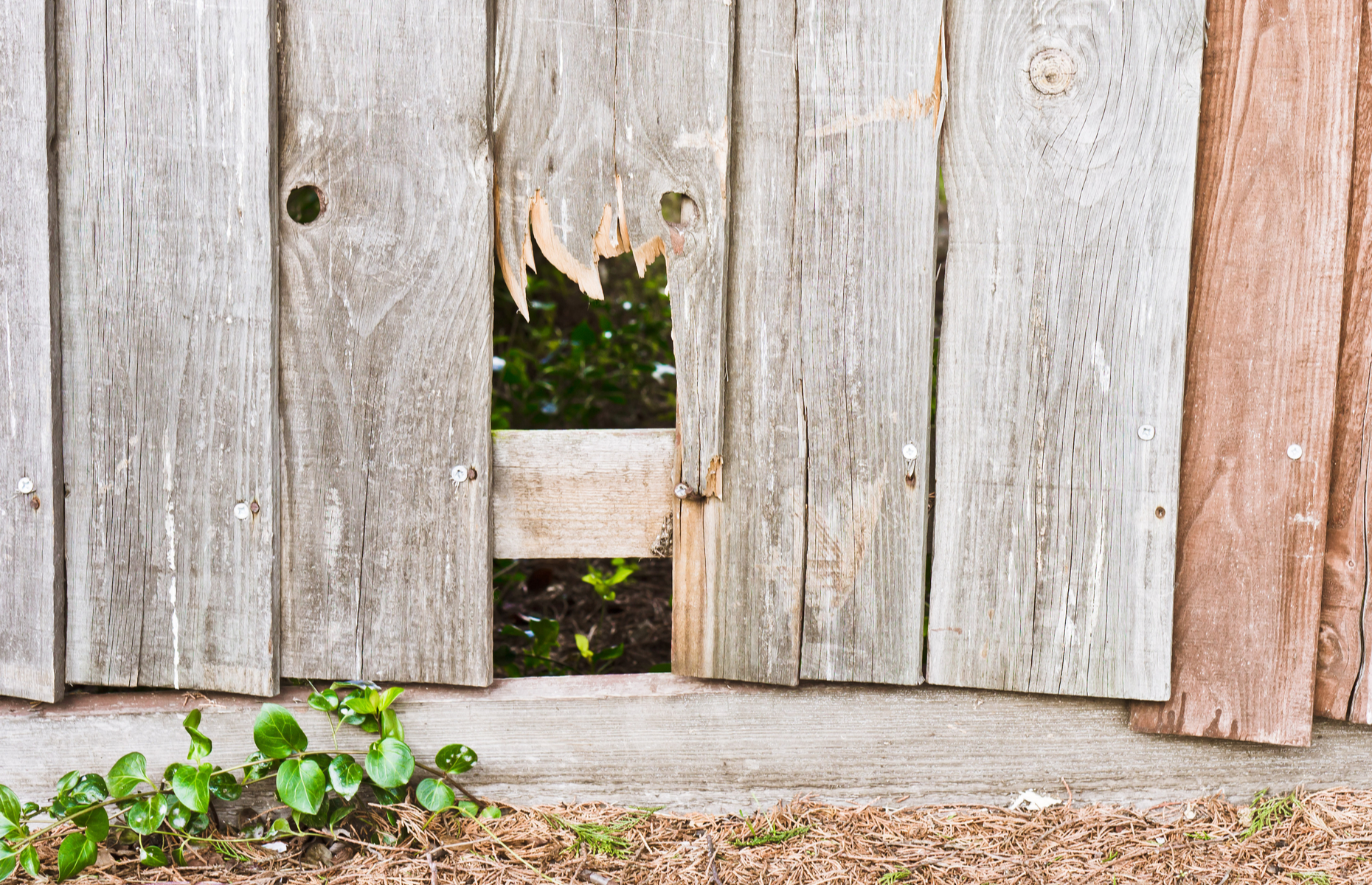
Storms, high winds and relentless rain can wreak havoc on your fencing in the winter. If you need to replace a fence panel or post it will cost from around £45 a piece according to Checkatrade, while if you leave it until the whole fence needs repairing, it could result in a bill of around £1,450 depending on the size of your outdoor space.
4. Clear your gutters and downpipes
With falling leaves and winter sludge, gutters and downpipes can easily become blocked. It's well worth getting them cleaned professionally each year – Checkatrade put the cost at as little as £50 per five metres for minor blockages, while if you need to replace a gutter or downpipe you’d be looking to pay in the region of £900 on average.
5. Refresh the patio and decking
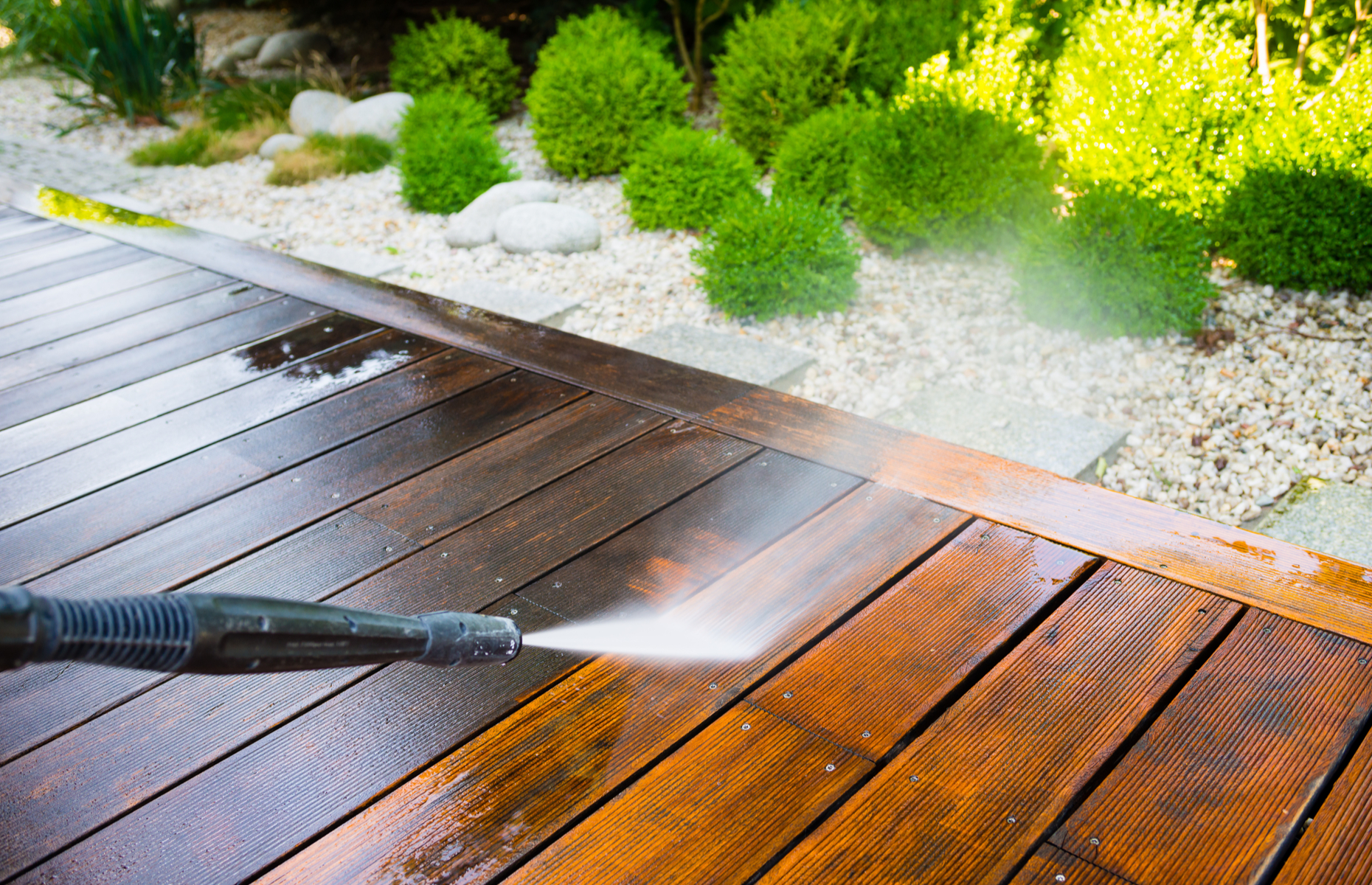
Outdoor areas like patios and decks are usually pretty durable but they do still require some maintenance. For as little as £15, you can pick up specialist cleaning materials, or for around £100 you can hire a professional to pressure-wash your patio, according to HaMuch.
Let nature take its course though and Checkatrade says you could be looking to pay something in the region of £1,300 for a new patio, depending on the size and materials, and between £15 and £25 per metre-length board to replace composite decking.
6. Reinforce brickwork
Like your roof, your home's external brickwork can be hit hard in the winter. Pointing can be damaged by the freezing and thawing process, which can lead to serious issues if untreated.
If repairs are required, you should seek the help of a trusted tradesperson. For an average of £180, you can have a cracked brick replaced and repointed, which is a lot cheaper than the bill you’d be faced with if you left it until your whole house needed treating, which could cost more than £1,000, according to HaMuch.
7. Spruce up the garden
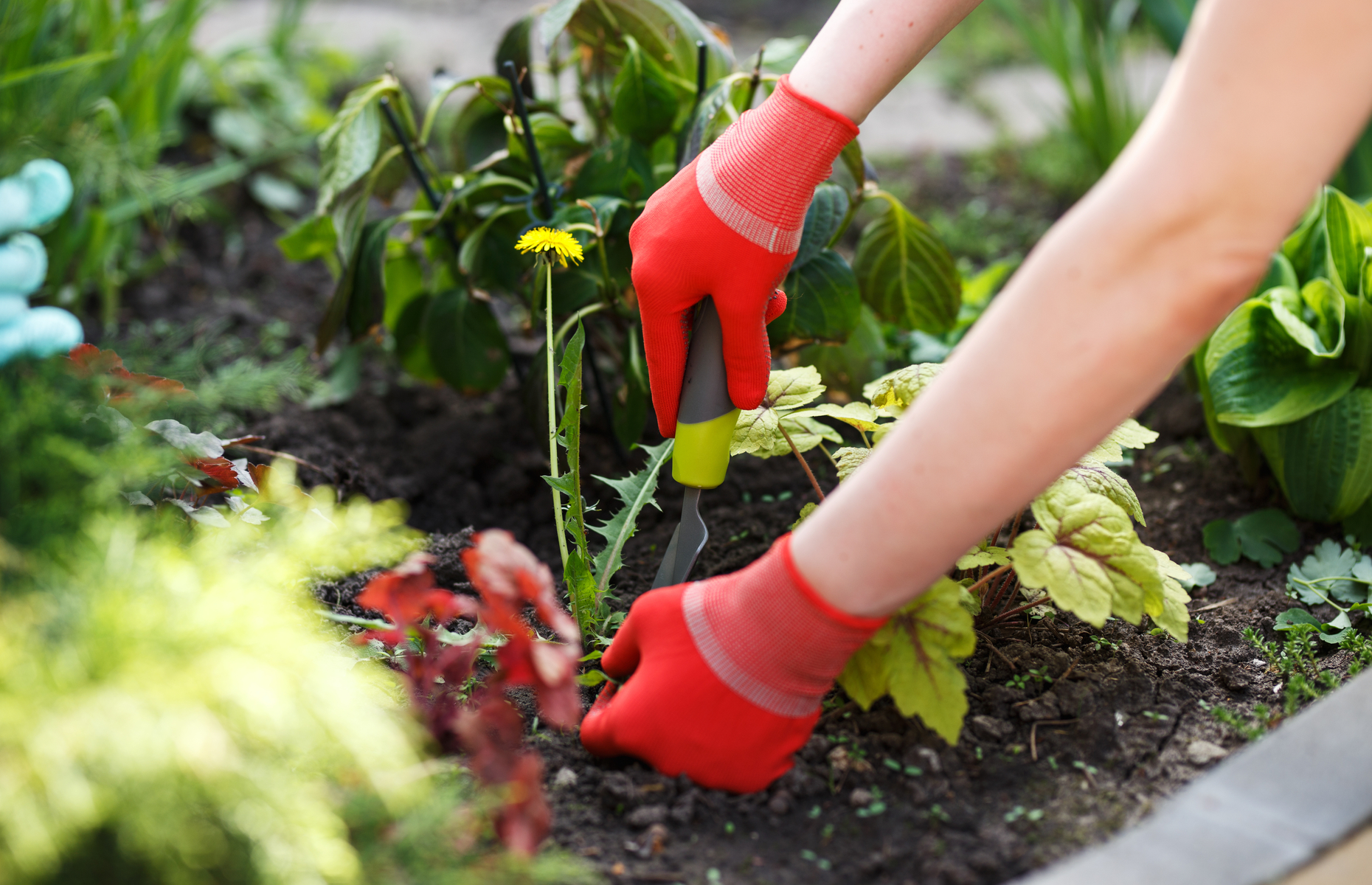
Tending your garden over winter is not quite as appealing as it is in the warmer seasons. At the start of spring, invest in some simple garden products and tools to help you prune shrubs and remove any weeds, and you can give it a decent spruce up for the sunnier months ahead.
However, leave it to run riot until you have no choice but to get a gardener in further down the line and HaMuch estimates that you'll need to pay around £80 to have a professional come in and remove ivy and weeds, not to mention whip your hedges back into shape.
8. Protect paintwork
On the outside of your home, paint acts as the first line of defence against the elements, while inside it can help protect your home from the wear and tear of everyday life.
Though a crack may not seem like a major issue, if the paint begins to flake then it will leave your home's structure exposed to damage. Getting a painter in to retouch small areas can cost as little as £24 per hour according to HaMuch, while if you let the problem worsen and need to enlist the help of decorators later in the year, you’ll be paying in the region of £300 per room.
9. Refresh your shed
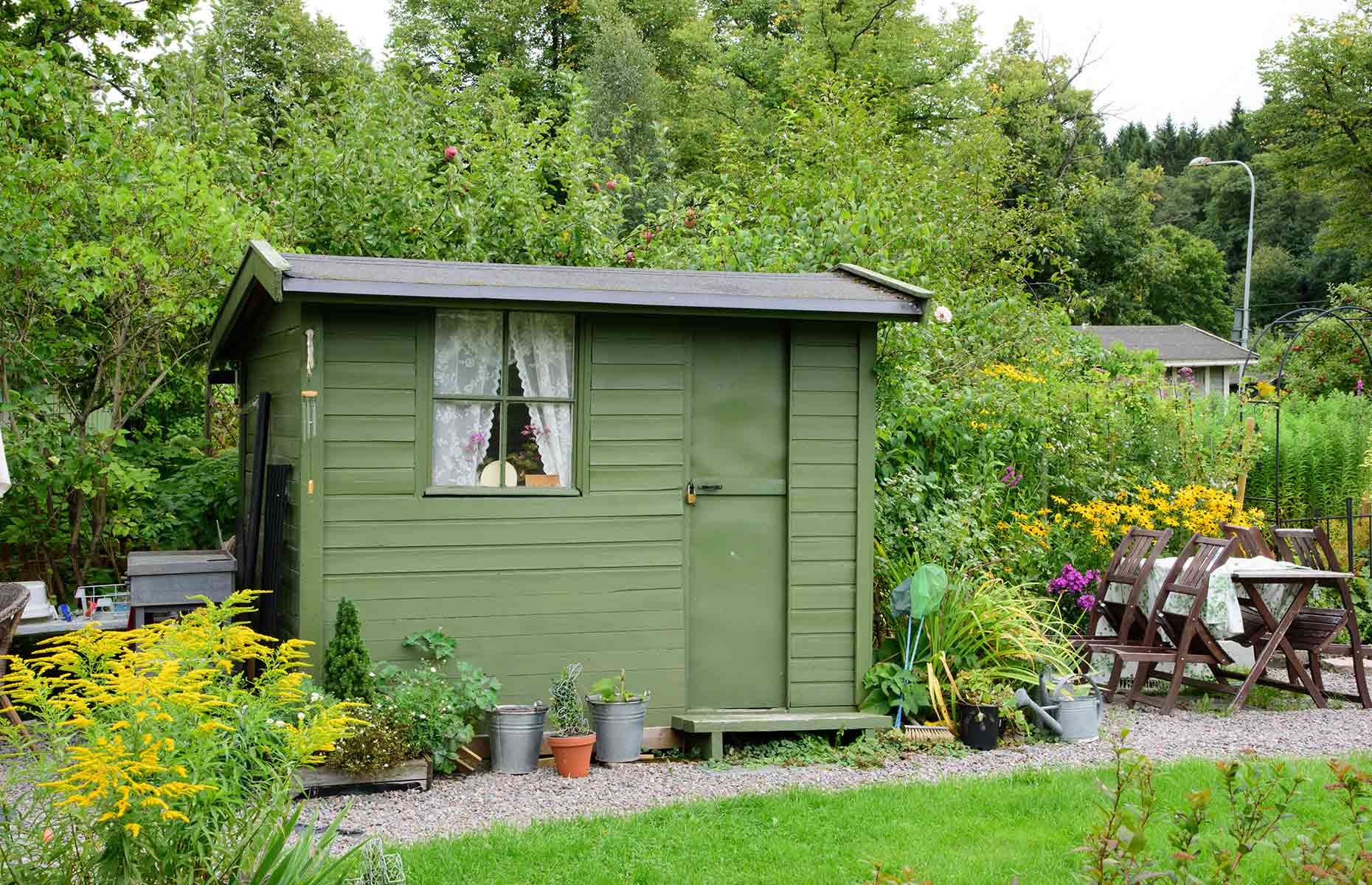
As well as your home, the wintery weather can also leave its mark on any outbuildings in your garden, including your shed. As we move into spring, check the interior and exterior of your shed for signs of damp, including moss or algae, and treat affected areas with a moss killer. If your shed has guttering, ensure that it's clear and stable.
If your shed is made of timber, paint the exterior with a good quality wood preserver once a year to extend its lifespan. Neglecting to maintain your shed could leave you in the costly position of having to replace it. Taking into consideration material and labour costs, MyJobQuote says the average price of a new shed could be around £700.
10. Repair any garden furniture
Wooden outdoor furniture, such as benches, is particularly susceptible to wind, rain and cold temperatures. However, investing in new items can set you back hundreds of pounds. Luckily, there are a few steps you can take to revive any pieces that have suffered over the winter months.
First, replace any broken bench slats, then treat the woodwork with a wax-free preserver to fend off rot and fungi, before finishing off with a stain or paint. You should apply a wood preserver once a year. If your outdoor furniture is metal, remove any algae with a specialised product and then use a wire brush to clear away rust or crumbling paintwork.
READ MORE: The ultimate DIY hacks
Main photo: Verena Joy / Shutterstock
Comments
Be the first to comment
Do you want to comment on this article? You need to be signed in for this feature